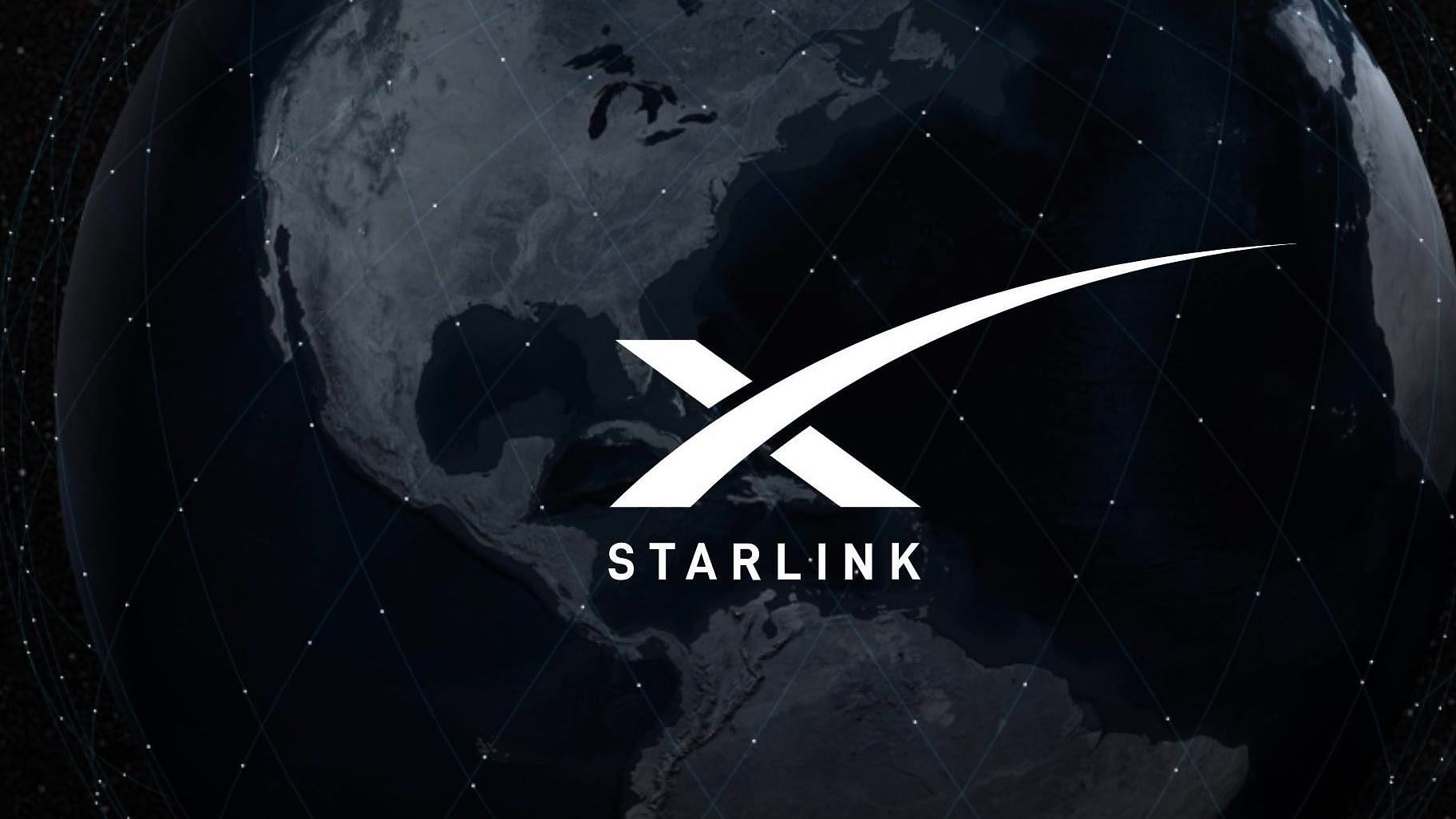
Starlink working on a Direct to Cell service, expected to debut next year
Elon Musk’s SpaceX is making bold strides in a new attempt to bring satellite technology to the palm of your hand. As per a new webpage published by the aerospace manufacturer and space transportation company, it plans to introduce direct-to-cell services, initially facilitating text messaging by 2024, followed by voice, data, and Internet of Things (IoT) connectivity a year later.
What’s remarkable about this technology is its potential to bridge the digital divide. Direct to Cell connectivity excels in extending its reach to remote regions. Thankfully, you do not need to purchase new phones to avail the direct-to-cell service with text messaging with the Starlink constellation (once it rolls out, that is). SpaceX, in the new webpage, noted that it works with “existing LTE phones” as well. You can seamlessly connect, and no special hardware, firmware, or applications are required. SpaceX says that this will give users “ubiquitous access to texting, calling, and browsing wherever you may be on land, lakes, or coastal waters.”
“SpaceX is leveraging its experience in manufacturing and launching the world’s most advanced rockets and spacecraft to deploy Starlink satellites with the Direct to Cell capability at scale. Direct to Cell satellites will initially be launched on SpaceX’s Falcon 9 rocket and then Starship. On orbit the satellites will immediately connect over laser backhaul to the Starlink constellation to provide global connectivity,” read the new Starlink webpage.
As of now, a beta service for direct-to-cell is being initiated in collaboration with T-Mobile, aiming for late 2023. The strategic partnership with T-Mobile, announced by Starlink last year, underscores its dedication to fill gaps in cellular coverage, especially in rural and remote areas. It should be noted that T-Mobile is not the only telecommunications giant partnering with Starlink. The enterprise has also signed agreements with several global cellular providers, including Rogers in Canada, Optus in Australia, One NZ in New Zealand, KDDI in Japan, and Salt in Switzerland. By expanding its collaborative network, Starlink aims to ensure reciprocal global access, providing services in partner nations.
The technology underpinning this connectivity solution is intriguing. Starlink satellites equipped with direct-to-cell capabilities incorporate onboard eNodeB modems. These modems serve as “cell towers in space,” facilitating network integration that closely resembles standard roaming partnerships. This architecture promises a seamless and reliable connection, despite the limitations of traditional cellular infrastructure. In addition to text, voice, and data, Starlink has plans to offer support for IoT devices. The integration of IoT services into the Starlink Direct to Cell network is anticipated by 2025. IoT, which covers a broad spectrum of applications, from smart homes to industrial monitoring, is poised to benefit immensely from the global coverage offered by Starlink’s satellite constellation.
SpaceX’s Starlink service is entering an increasingly competitive domain where satellite-based cellular connectivity is gaining traction. With speeds estimated at two to four megabits per second, Starlink’s offering may not compete with terrestrial networks in terms of speed, but its advantage lies in its unparalleled coverage. T-Mobile’s partnership with Starlink even promises access “practically everywhere in the continental US,” extending to remote regions and territorial waters


